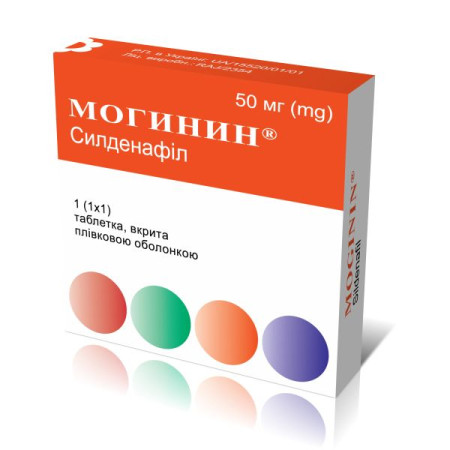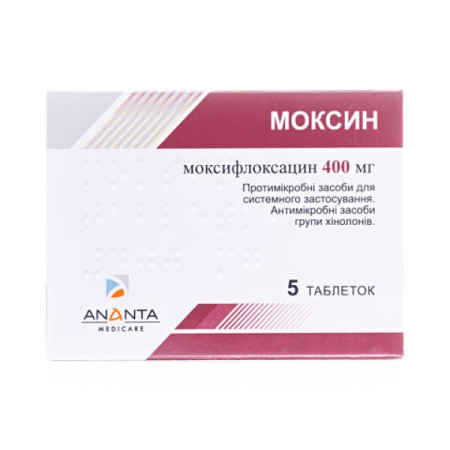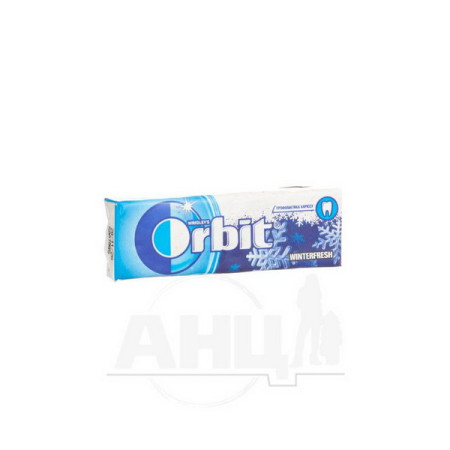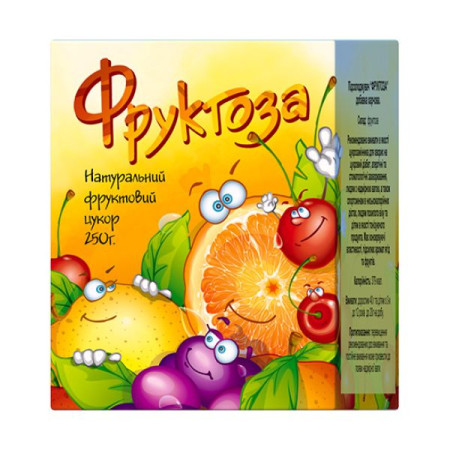Cycotin IS film-coated tablets 1.5 mg blister No. 100

Instructions for use Cycotin IS film-coated tablets 1.5 mg blister No. 100
Composition
active ingredient: cytisine;
1 tablet contains 1.5 mg of cytisine;
excipients: lactose monohydrate, microcrystalline cellulose, croscarmellose sodium, hypromellose (hydroxypropylmethylcellulose), talc, magnesium stearate, polyethylene glycol (macrogol), titanium dioxide (E 171), iron oxide yellow (E 172).
Dosage form
Film-coated tablets.
Main physicochemical properties: round tablets with a biconvex surface, film-coated, yellow in color.
Pharmacotherapeutic group
Medicinal products used for nicotine addiction. ATX code N07B A04.
Pharmacological properties
Pharmacodynamics.
The use of the drug gradually reduces nicotine dependence by alleviating the symptoms of withdrawal syndrome.
The active substance of the drug is the plant alkaloid cytisine (cytisinecline), which is found, in particular, in the seeds of the golden rain plant, genus Laburnum. Cytisine is similar in chemical structure to nicotine. It affects nicotinic acetylcholine receptors. The mechanism of action of cytisine is close to the mechanism of action of nicotine, but the severity of the action of cytisine is less. Cytisine competitively inhibits the interaction of nicotine with the corresponding receptors and, due to stronger binding, gradually displaces nicotine from them. Cytisine has partial agonist activity towards nicotinic acetylcholine receptors and, in particular, a high affinity for the α4β2 subtype. Cytisine penetrates the central nervous system (CNS) to a lesser extent than nicotine. It is assumed that cytisine affects the mechanism of nicotine addiction and the release of neurotransmitters in the CNS. Cytisine prevents nicotine-dependent full activation of the mesolimbic dopamine system and moderately increases dopamine levels in the brain, which alleviates the central symptoms of nicotine withdrawal syndrome. In the peripheral nervous system, cytisine stimulates the ganglia of the autonomic nervous system, causes reflex stimulation of respiration and secretion of catecholamines by the adrenal medulla, increases blood pressure and prevents peripheral symptoms of nicotine withdrawal syndrome.
Pharmacokinetics.
The pharmacokinetic profile of cytisine was studied in a study involving 36 healthy volunteers who took cytisine orally in a single dose of 1.5 mg.
Absorption
After oral administration, cytisine was rapidly absorbed from the gastrointestinal tract. The mean maximum plasma concentration of 15.55 ng/mL was reached within 0.92 hours.
Metabolism
Cytisine was partially biotransformed.
Elimination
64% of the administered dose of cytisine was excreted unchanged in the urine within 24 hours. The mean half-life was approximately 4 hours. The mean retention time was approximately 6 hours.
There are no data on the use of cytisine in patients with impaired renal and/or hepatic function.
The effect of food on cytisine exposure is unknown.
Indication
Cycotin® IC is used to treat nicotine addiction.
The drug is indicated for use in patients who have a serious intention to quit smoking, for a gradual reduction in nicotine dependence and cessation of smoking without symptoms of withdrawal syndrome. The ultimate goal of treatment with the drug is complete cessation of the use of nicotine-containing products.
Contraindication
Hypersensitivity to cytisine or to any of the excipients of the drug, unstable angina, recent myocardial infarction, clinically significant arrhythmias, recent stroke, pregnancy and breastfeeding.
Interaction with other medicinal products and other types of interactions
Cytisine should not be used concomitantly with anti-tuberculosis drugs. There are no other data on clinically significant interactions of cytisine with other drugs.
Patients should be informed that concomitant use of cytisine and smoking or use of products containing nicotine may lead to increased adverse reactions associated with nicotine.
Hormonal contraceptives
It is currently unknown whether cytisine may reduce the effectiveness of systemic hormonal contraceptives, so women using systemic hormonal contraceptives should use an additional barrier method of contraception.
Application features
The drug should only be used by patients who are serious about quitting nicotine. Concomitant use of the drug and smoking or using nicotine-containing products may increase the occurrence of nicotine-related adverse reactions.
Cytisine should be used with caution in patients with ischemic heart disease, heart failure (see section "Contraindications"), arterial hypertension, pheochromocytoma, atherosclerosis and other peripheral vascular diseases, gastric and duodenal ulcers, gastroesophageal reflux disease, hyperthyroidism, diabetes mellitus, schizophrenia.
Polycyclic aromatic hydrocarbons (PAHs) in tobacco smoke induce the metabolism of drugs metabolized by CYP 1A2 (and possibly also CYP 1A1). Smoking cessation in smokers may result in a slower metabolism of these drugs and, consequently, an increase in their blood concentrations. This has potential clinical significance for drugs with a narrow therapeutic window, such as theophylline, tacrine, clozapine, and ropinirole.
It has been suggested that plasma concentrations of other drugs that are partially metabolized by CYP 1A2, such as imipramine, olanzapine, clomipramine, and fluvoxamine, may increase after smoking cessation, although there is no evidence to support this hypothesis and the potential clinical significance of these effects for the above drugs is unknown.
Limited data indicate that the metabolism of flecainide and pentazocine may be induced by smoking.
Nicotine withdrawal symptoms may include depressed mood, which may rarely be accompanied by suicidal thoughts and suicide attempts. Clinicians should be aware of the possibility of serious neuropsychiatric symptoms in patients attempting to quit smoking, whether or not they are receiving treatment for nicotine dependence.
History of mental disorders
Smoking cessation, with or without pharmacotherapy, may be associated with exacerbation of an underlying mental illness (e.g., depression).
Patients who are trying to quit smoking and have a history of mental illness should be advised to exercise caution.
Women of reproductive age
Women of reproductive age should use highly effective methods of contraception during treatment with cytisine (see sections “Interaction with other medicinal products and other types of interactions” and “Use during pregnancy or breastfeeding”).
Due to the lactose content, the medicinal product should not be taken by patients with rare hereditary problems of galactose intolerance, the Lapp lactase deficiency or glucose-galactose malabsorption.
Use during pregnancy or breastfeeding
Pregnancy period
There are no clinical data on the use of cytisine in pregnant women.
The results of animal studies are insufficient to assess the reproductive toxicity of cytisine.
The use of the drug during pregnancy is contraindicated.
Breastfeeding period
The use of the drug during breastfeeding is contraindicated.
Fertility
The effect of cytisine on fertility is unknown.
Women of reproductive age
Women of reproductive age should use highly effective methods of contraception during treatment with cytisine (see sections "Interaction with other medicinal products and other types of interactions" and "Special precautions for use"). Women using systemic hormonal contraceptives should use an additional barrier method of contraception.
Ability to influence reaction speed when driving vehicles or other mechanisms
Cytisine has no or negligible influence on the ability to drive and use machines.
Method of administration and doses
One package of the medicine (100 tablets) is enough for a full course of treatment.
The duration of the treatment course is 25 days.
The medicine should be taken orally with sufficient water.
The medicine should be used according to the following scheme:
| Treatment time | Recommended dose | Maximum daily dose |
| Day 1-3 | 1 tablet every 2 hours | 6 tablets |
| Day 4-12 | 1 tablet every 2.5 hours | 5 tablets |
| Day 13-16 | 1 tablet every 3 hours | 4 tablets |
| Day 17-20 | 1 tablet every 5 hours | 3 tablets |
| Day 21-25 | 1-2 tablets per day | up to 2 tablets |
Smoking should be stopped no later than the 5th day after the start of treatment. Smoking should not be continued during treatment, as this may increase the manifestation of undesirable reactions (see sections “Interaction with other medicinal products and other types of interactions” and “Special instructions for use”). If the result of therapy is unsatisfactory, the use of the drug should be discontinued and resumed after 2–3 months.
Patients who have given up smoking should show willpower and not allow themselves to smoke a single cigarette. The duration of the achieved therapeutic effect depends on this.
Special patient groups
Patients with renal/hepatic impairment
There is no clinical experience with the use of cytisine in patients with renal or hepatic impairment, therefore the use of cytisine in patients in this population is not recommended.
Elderly patients
Due to limited clinical experience, the use of cytisine in patients over 65 years of age is not recommended.
Children.
The drug should not be used in children (under 18 years of age) due to the lack of data on the safety and efficacy of cytisine in this group of patients.
Overdose
Symptoms of overdose: malaise, nausea, vomiting, increased heartbeat, fluctuations in blood pressure, respiratory disorders, visual disturbances, clonic convulsions.
Treatment. In all cases of overdose, standard measures should be taken as in the case of acute poisoning; gastric lavage should be performed and diuresis should be controlled with infusion solutions and diuretics. If necessary, anticonvulsants, cardiotonics and analeptics can be used. Respiration, blood pressure and heart rate should be monitored.
Side effects
Clinical trial data and accumulated experience with cytisine-containing medicinal products indicate that cytisine is well tolerated. The percentage of patients who discontinued cytisine treatment due to adverse reactions was 6.0–15.5% and in controlled studies was comparable to the percentage of patients who discontinued treatment in the placebo group. Adverse reactions that occur are usually mild to moderate and are most often related to the gastrointestinal tract. Most adverse reactions develop at the beginning of treatment and disappear during treatment. Adverse reactions may be caused by smoking cessation, rather than cytisine treatment.
The list of adverse reactions listed below is classified by organ system and frequency of occurrence in patients during clinical trials. The frequency of adverse reactions is as follows: very common (≥ 1/10), common (≥ 1/100 to < 1/10), uncommon (≥ 1/1,000 to < 1/100), rare (≥ 1/10,000 to < 1/1,000), very rare (< 1/10,000), not known (cannot be estimated from the available data).
Nervous system: very often - dizziness, irritability, mood swings, anxiety, sleep disorders (insomnia, drowsiness, lethargy, abnormal dreams, nightmares), headache; often - decreased concentration; infrequently - feeling of heaviness in the head, decreased libido.
On the part of the organ of vision: infrequently - lacrimation.
Skin and subcutaneous tissue disorders: very common - rash; uncommon - increased sweating, decreased skin elasticity.
Musculoskeletal and connective tissue disorders: very common – myalgia.
From the cardiovascular system: very often - tachycardia, increased blood pressure; often - bradycardia.
On the part of the gastrointestinal tract: very often - dry mouth, diarrhea, nausea, change in taste, heartburn, constipation, vomiting, abdominal pain (mainly in the upper part); often - bloating, burning of the tongue; infrequently - excessive salivation.
Metabolic and nutritional disorders: very common - change in appetite (mainly increased), weight gain.
Respiratory, thoracic and mediastinal disorders: infrequently - dyspnea, increased sputum production.
General disorders: very common - feeling of weakness; common - malaise; uncommon - increased fatigue.
Research findings: uncommon - increased serum transaminase levels.
Reporting of suspected adverse reactions
A request to medical and pharmaceutical professionals, as well as patients or their legal representatives, to report all cases of suspected adverse reactions and lack of effect of a medicinal product through the Automated Pharmacovigilance Information System at https://aisf.dec.gov.ua to monitor the benefit/risk ratio when using the medicinal product.
Expiration date
2 years.
Storage conditions
Store in the original packaging at a temperature not exceeding 25 °C.
Keep out of reach of children.
Packaging
20 tablets in a blister; 5 blisters in a pack.
Vacation category
Without a prescription.
Producer
Additional Liability Company "INTERCHEM".
Location of the manufacturer and address of its place of business.
Ukraine, 65025, Odessa, 21st km. Starokyivska Road, 40-A.
There are no reviews for this product.
There are no reviews for this product, be the first to leave your review.
No questions about this product, be the first and ask your question.
















